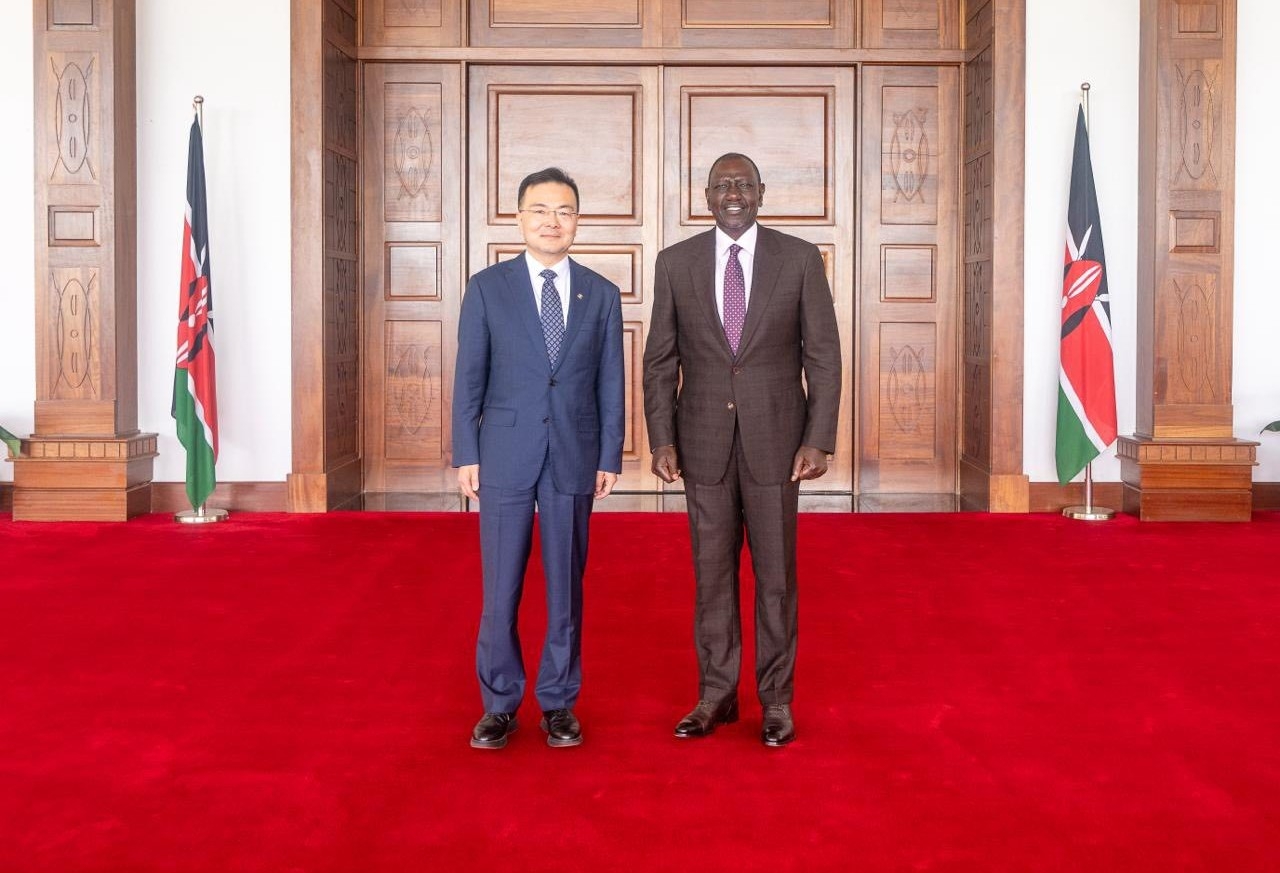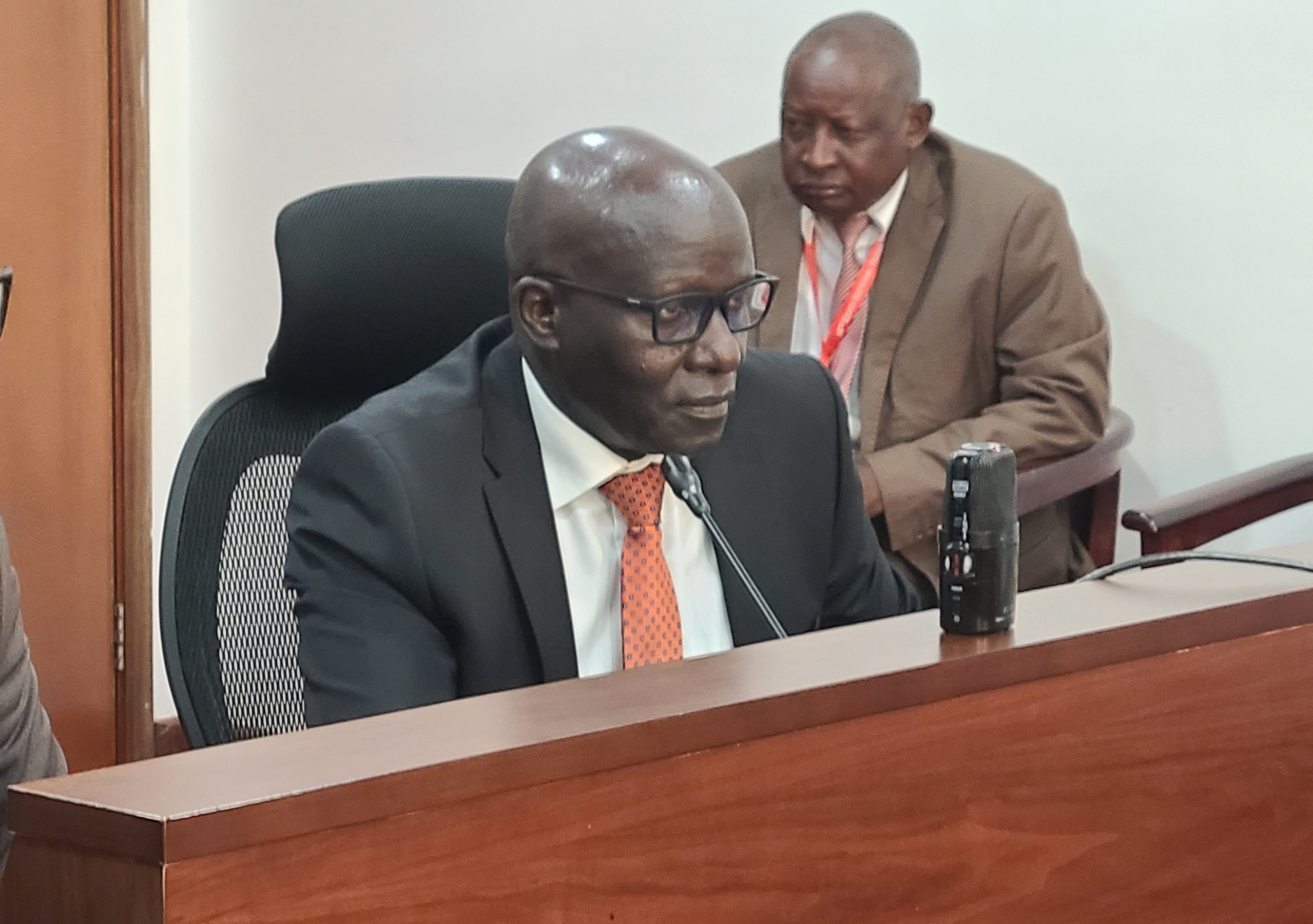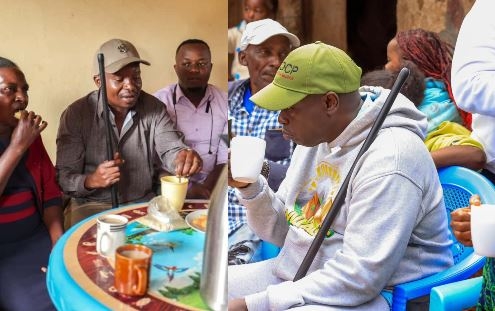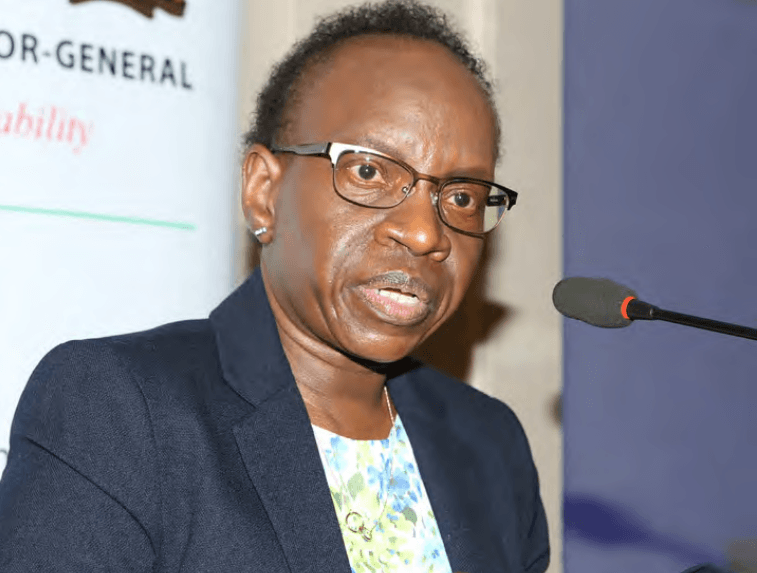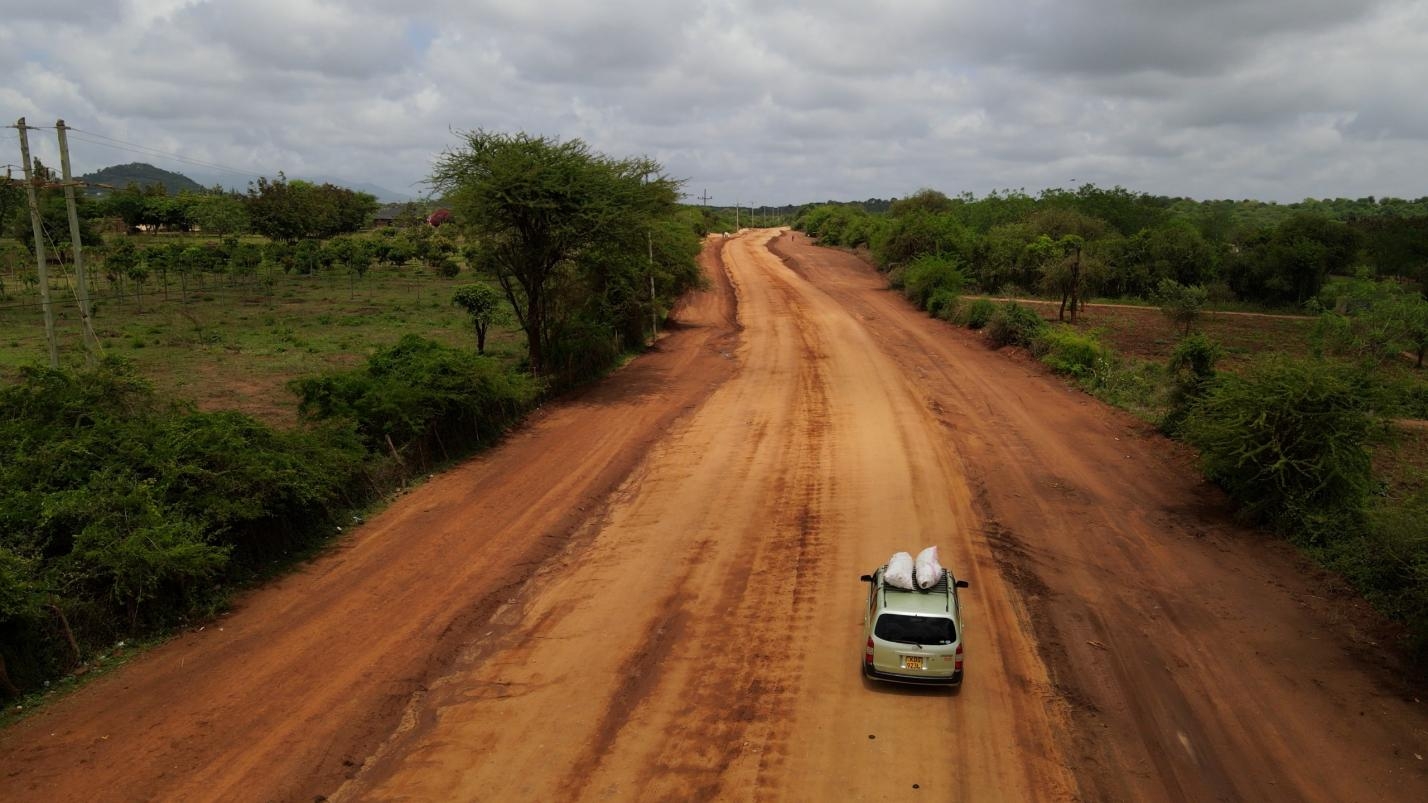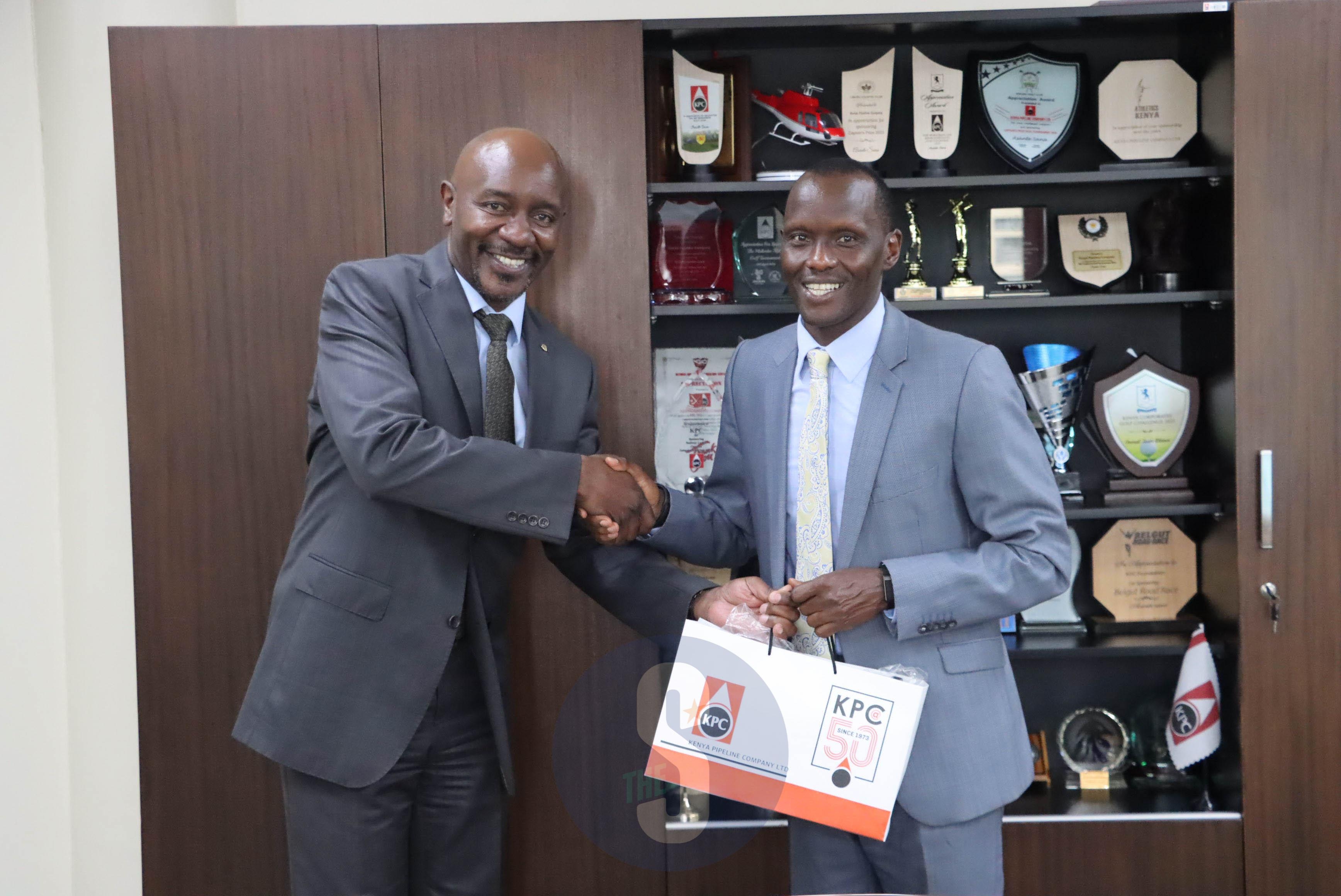In May, Nairobi native Rhodia Mann achieved her lifelong ambition by seeing her Museum of Samburu Culture finally settled in a permanent home — at Sasaab Lodge in Westgate Conservancy, adjacent to Samburu National Park. The museum is now open to visitors.
The Samburu have been the focus of Rhodia’s life for 40 years. A writer, researcher, jewellery designer, bead collector and historian, she was born in Nairobi in 1942, the eldest child of a Polish father and a Romanian mother, who had fled to Kenya from Nazi-occupied Europe.
It was when her father, Igor, a veterinarian working for the British colonial government, was assigned a project at Archer’s Post, in the then restricted Northern Frontier District (NFD), that Rhodia first encountered the Samburu. She was nine years old and was probably the first white child they had ever seen.
Impressed not only by their striking appearance and the brilliant colours of their dress and ornaments, but also by their gracious manner, Rhodia never forgot them. Aged 16, while a student at Kenya High School, she had a vivid dream in which she was standing on the edge of the Losiolo escarpment, known as the World’s End, 2,000 metres above the floor of the Suguta Valley, near Maralal, in the very heart of Samburu country. Even then, she knew that she would one day return.
It was another 14 years before the dream came true, and in the meantime, she studied fashion design and later business studies in London, and lived in Manhattan, New York.
Disillusioned with the bright lights, big city milieu, though, she came home to Kenya in 1972, establishing herself as a prominent jewellery designer, and renewing her connection with the Samburu. Almost the first contact she made was with the Lelenguya, a traditional Samburu blacksmith family living outside Maralal, who were her first mentors in Samburu ways.
CALENDAR IN THE STARS
Rhodia set up a safari company conducting cultural tours in the area and became a regular visitor, eventually being adopted as an honorary daughter by a woman named Ntaipi and acquiring the name Noongishu, signifying both cattle and an independent woman in the Samburu idiom. It was her adoptive mother Ntaipi who, having no daughters of her own, gave Rhodia some of the key pieces in her set.
A new door opened for Rhodia in 1995, when she attended a traditional circumcision ceremony, in which Samburu youths are initiated into the warrior age-set, replacing the previous age-set, who become elders. The interval between these rites of passage varies between 12 and 15 years, and, since the Samburu did not have a linear calendar, Rhodia wondered how the elders decided when the next ceremony should be.
She was told that timing the ceremony was the job of a diviner named Lesepen, who lived near the village of Tum, under Mount Nyiro, a mountain sacred to the Samburu. When she met Lesepen in 1996, the old man was on his deathbed, but in answer to her question as to how he knew the date of the circumcision ceremony, said: “I talk to the stars.”
Although this was the only thing Rhodia learned from the oracle, who died shortly afterwards, it gave her an insight into the significance of star lore in Samburu culture. Realising that this had never been reported previously, even by authorities such as the eminent anthropologist Paul Spencer, she spent the next four years pursuing it. “(It) was the most difficult aspect of the culture,” she said. “Nobody else had mentioned any connection with the stars. I realised that … I had struck gold ... provided I could understand what I was being told.”
Working with Lesepen’s son and appointed successor, Ludumene, and others, Rhodia put a second interest — bead collecting — to work in pursuit of Samburu star-traditions. “I would sit on the ground at night with a star expert,” she said, “and lay out strings of tiny white beads to represent the Milky Way, for instance. I would point upwards and he would tell me its Samburu name – in this case Nantapar. Or I’d use, say, a large red bead for Aldebaran, or three white beads for Orion's Belt. And so it went on for over four years: I talked to 10 experts in all.”
Not only were there stars that affected the entire Samburu tribe, she discovered, but there were also stars that individuals could choose as personal guides. “There is a star for the circumciser, a star for madmen, a star that looks after the cattle, and so on,” she said. “The Milky Way represents one’s personal wisdom and experience. Meditation on the Milky Way will lead to useful insights and solutions.”
I feel very strongly that I am in a unique position to leave a record of their culture before it disappears. I do so with the greatest respect and love for a people who gave unstintingly of their traditions and who were willing to show me anything I wanted to know
DOCUMENTING THE COMMUNITY
Rhodia discovered that the late Lesepen’s personal star had been the planet Venus, in its Morning Star aspect, and later unearthed a Samburu tradition associating the origin of their people with Venus.
Samburu girls and young married women traditionally wear a headband called njilli, with a star-like pendant that, Rhodia says, symbolises Venus, and celebrates their connection with the Morning Star.
She believes this tradition is unique to the Samburu. “The Maasai have nothing like it,” she says. “They put their origins firmly on Earth.” The absence of similar lore among the Maasai leads her to the controversial conclusion that, despite speaking the same language, the Samburu and Maasai do not share common ancestry.
Rhodia’s coffee-table book about Samburu culture, Talk to the Stars: The Samburu of Northern Kenya, focuses on star-lore traditions and has photos taken over a five-year period by photographer and mountain guide Clive Ward. It was launched at the Nairobi National Museum in 2000. She followed this up with a number of shorter books. And in 2006, her documentary about the Samburu, The Butterfly People, was launched at the Muthaiga Club. The film is now available on YouTube.
In 2017, Rhodia’s collection of Samburu artifacts, together with a text about tribal origins, social structure, star lore and mysticism, and Clive Ward’s photographs, was put on display at the International School of Kenya as the Rhodia Mann Museum of Samburu Culture. While grateful to the school for agreeing to display the collection, Rhodia felt that the museum was underused and that her life's work was not serving its true purpose.
More recently, given the opportunity by Mikey and Tanya Carr-Hartley, owners of the Sasaab Lodge in the Westgate conservancy, the collection has been moved there, and is now on display in a custom-built annex.
The collection comprises more than 50 artifacts, some of them extremely rare. Among them is the samburr, a soft rolled leather bag in which Samburu women traditionally carried their personal belongings, and the only one Rhodia came across in four decades of research. Other favourites of Rhodia’s include the njippi,a necklace worn by young Samburu men during circumcision. It consists of eight strands of beads representing the eight Samburu clans, each strand terminating in a pair of beetle wings.
There is also the mporro, a traditional Samburu marriage necklace of elephant-tail hairs, decorated with glass beads made in Venice in about 1830. Like some of the other rare exhibits, the mporro, traditionally handed down from mother to daughter, was given to her by her adoptive mother, Ntaipi.
DYING CULTURE
Putting the finishing touches to the museum in May, Rhodia confessed that she was very happy that the museum is now sited in Westgate, a short distance from Archer’s Post, where she first met the Samburu more than 70 years ago. Her feeling is tempered, though, by the thought that the traditional Samburu culture is on the decline.
“When I first began my research, I saw a tribe where the good of the community superseded ego,” she said.
“Where there was great respect for old age and experience, where each clan had its council of elders, who made decisions for local welfare. Where youth had its obligations, where each generation had advisers from an older generation, where everyone had a place.
“Over the years, with the advent of Western education, formalised religion, mobile phones and the like, I fear for the future… Since I have had the great privilege of seeing 40 years of their history, have met … their spiritual leaders, healers and diviners, have been to many ceremonies and have amassed [this collection].
“I feel very strongly that I am in a unique position to leave a record of their culture before it disappears. I do so with the greatest respect and love for a people who gave unstintingly of their traditions and who were willing to show me anything I wanted to know.”
The Rhodia Mann Museum of Samburu Culture is open to residents and non-residents. Anyone wishing to visit should contact Sasaab Lodge direct to make arrangements.





